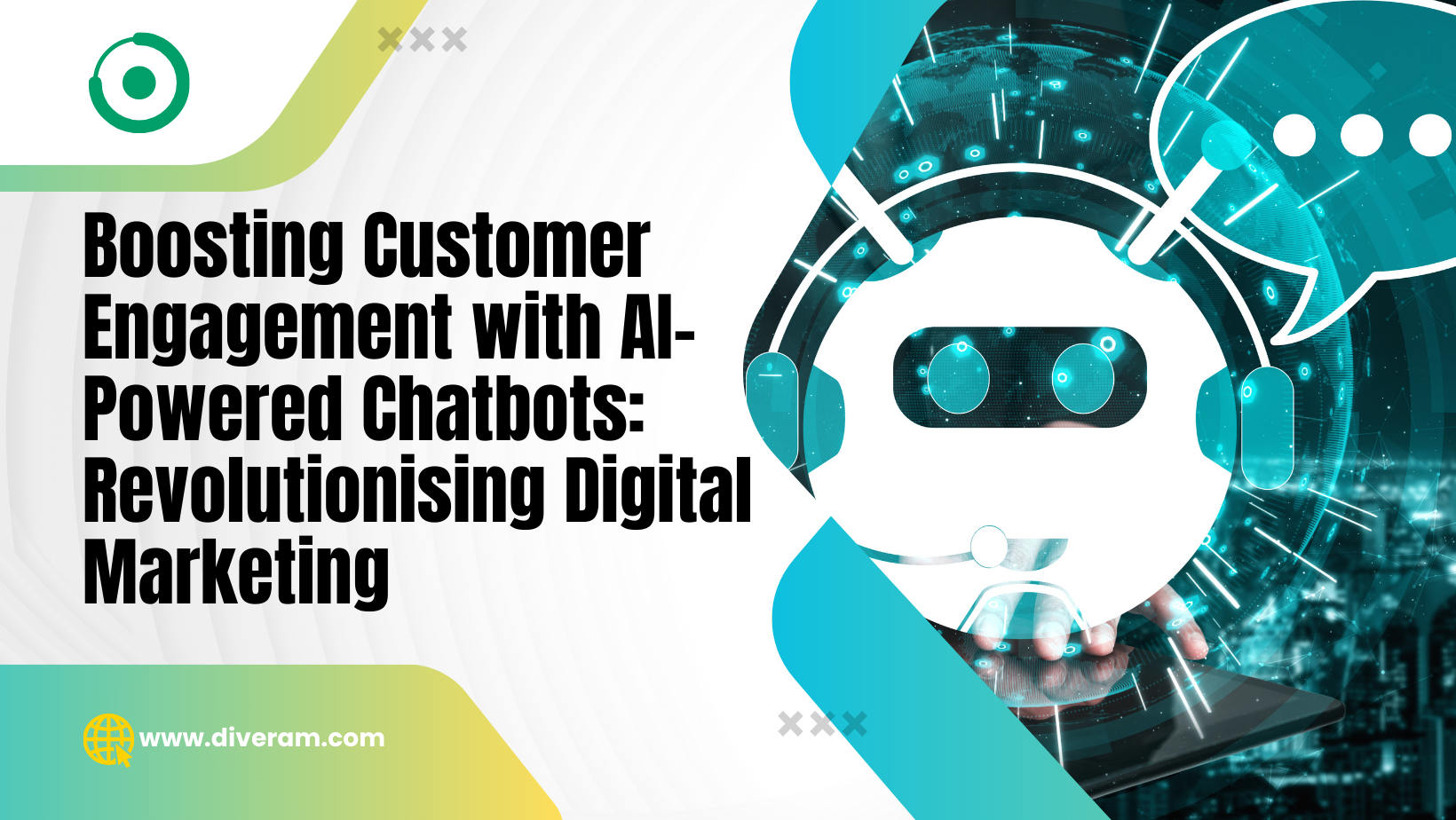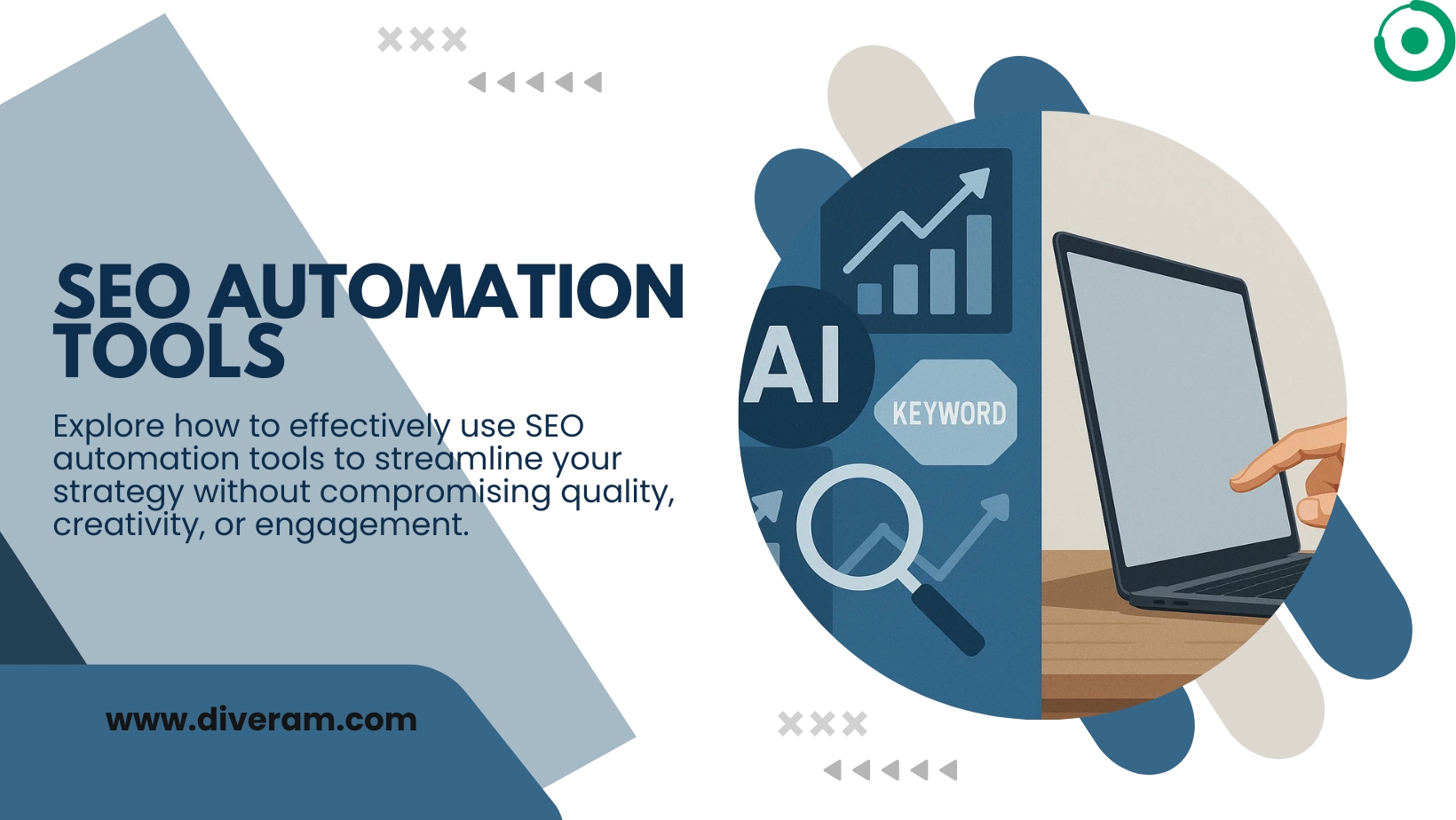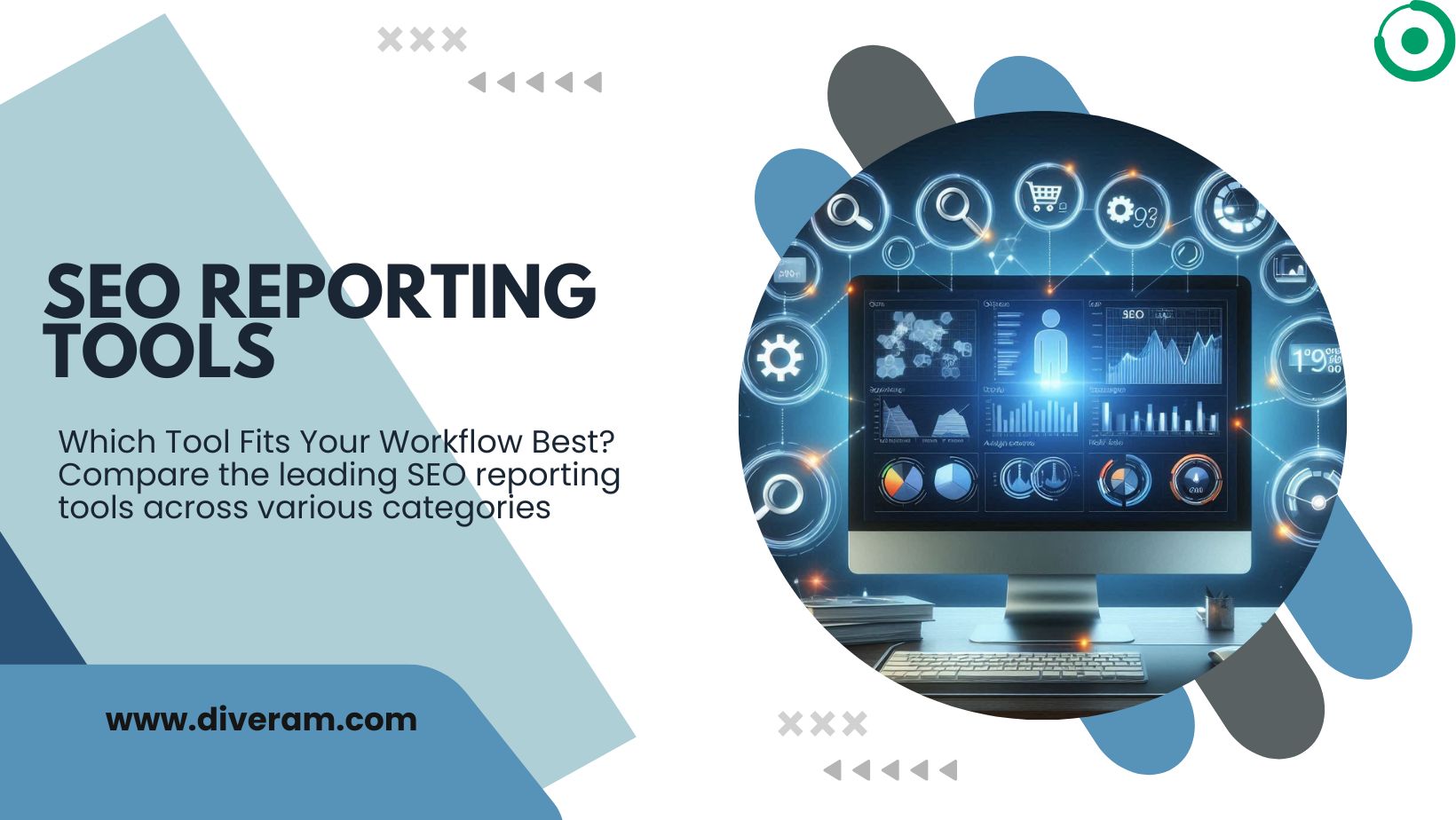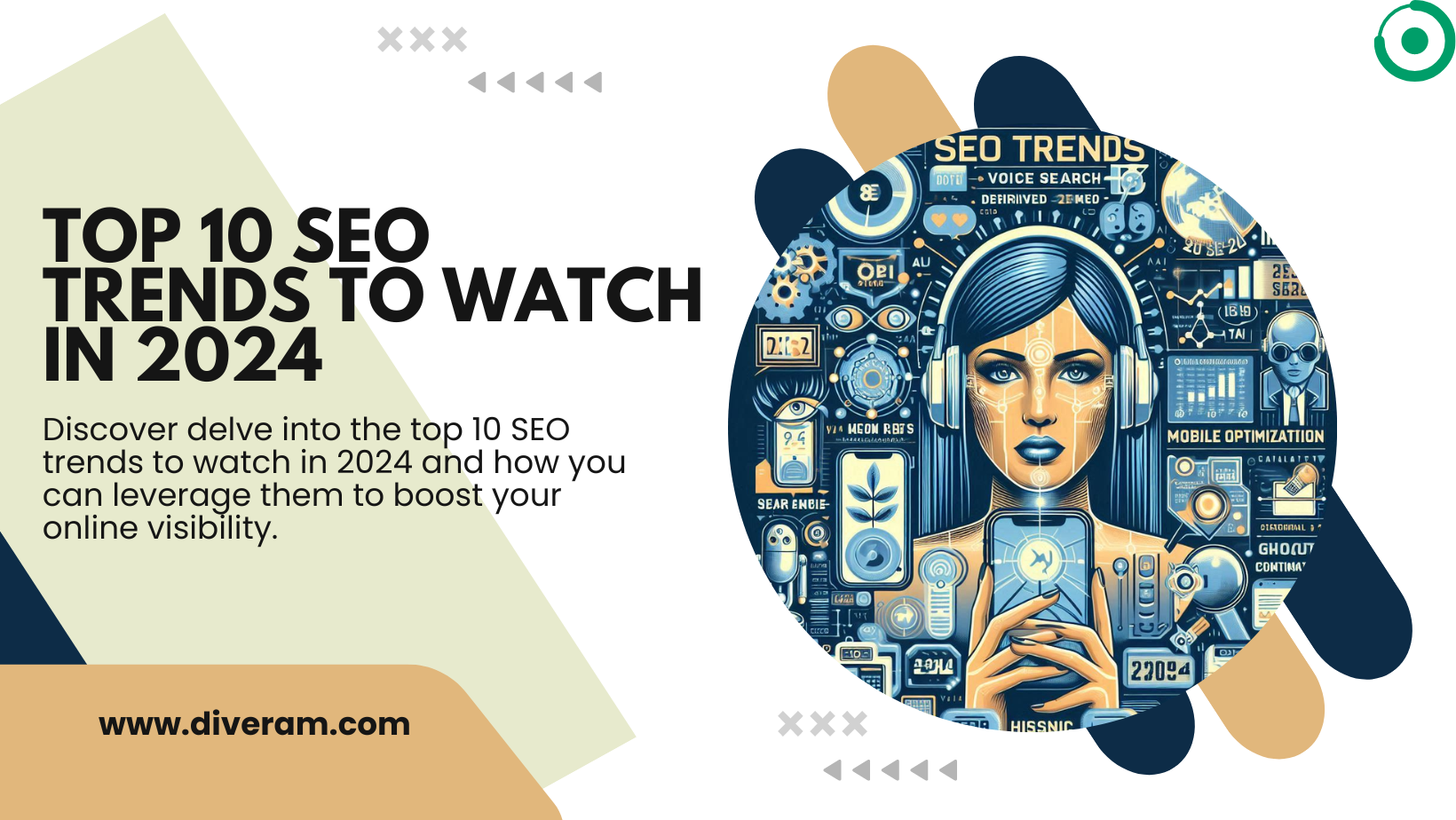AI-Powered Chatbots helping you boost Customer Engagement

Introduction to AI-powered Chatbots
In today’s highly competitive digital landscape, customer engagement plays a pivotal role in the success of any marketing strategy. Businesses strive to deliver personalised experiences and prompt responses to their customers’ queries and concerns. This is where AI-powered Chatbots, come into play. In this blog post, we will explore the impact of chatbots on customer engagement and how AI technology enhances digital marketing efforts.
Understanding Chatbots and Their Significance in Digital Marketing
Definition and Types of Chatbots
Chatbots are virtual assistants that simulate human conversation through text or voice interactions. There are two main types of chatbots:
Rule-based chatbots: These chatbots follow a predefined set of rules and responses. They are limited in their ability to understand complex queries and require explicit instructions to provide accurate answers.
AI-powered chatbots: These chatbots leverage AI technologies such as natural language processing (NLP) and machine learning (ML) to understand and respond to user queries more effectively. They can learn from previous interactions and continuously improve their responses.
Benefits of Chatbots in Digital Marketing
Implementing chatbots in your digital marketing strategy brings several advantages, including:
24/7 customer support: Chatbots can provide round-the-clock assistance, ensuring that customers’ queries are addressed promptly, regardless of time zones or business hours.
Personalised interactions: AI-powered chatbots can analyse customer data and provide tailored recommendations, creating personalised experiences that resonate with individual customers.
Improved response time: Chatbots can provide instant responses, reducing wait times and enhancing customer satisfaction. This quick turnaround time contributes to a positive brand perception.
Scalability and cost-effectiveness: Chatbots can handle multiple customer interactions simultaneously, allowing businesses to scale their customer support without incurring significant costs associated with hiring and training additional staff.
The Impact of AI on Chatbot Technology
Natural Language Processing (NLP) and Machine Learning (ML)
NLP and ML are two crucial components that empower AI-powered chatbots to deliver exceptional customer experiences:
Understanding customer intent: NLP enables chatbots to comprehend and interpret user queries, even when they are expressed in colloquial or ambiguous language. This understanding helps chatbots provide accurate responses.
Generating accurate responses: ML algorithms enable chatbots to learn from a vast amount of data, including past interactions and customer feedback. This learning process allows chatbots to generate contextually relevant and accurate responses.
Continuous learning and improvement: Through ML, chatbots can continuously analyse and learn from new interactions, refining their responses over time. This adaptive learning approach ensures that chatbots become more effective and efficient in engaging customers.
Chatbot Integration with Customer Relationship Management (CRM)
Integrating chatbots with CRM systems provides additional benefits to businesses:
Data collection and analysis: Chatbots can collect valuable customer data during interactions, including preferences, purchase history, and demographic information. This data can be stored in CRM systems for analysis and further personalization.
Lead generation and nurturing: Chatbots can proactively engage with potential customers, gathering contact information and qualifying leads. This information can then be utilised for targeted marketing campaigns and lead nurturing activities.
Enhanced customer profiling: By analysing customer interactions and behaviour, chatbots can contribute to more detailed customer profiles in CRM systems. This enriched customer data facilitates targeted marketing strategies and personalised experiences.
Enhancing Customer Engagement with AI-powered Chatbots
Proactive Customer Interaction
To enhance customer engagement, AI-powered chatbots can initiate proactive interactions, including:
Sending personalised recommendations: Chatbots can analyse customer data to offer relevant product recommendations, based on preferences, browsing history, and purchase patterns. This proactive approach helps drive sales and improve customer satisfaction.
Notifying about sales and promotions: Chatbots can inform customers about ongoing sales, discounts, and promotions, ensuring they stay informed and have the opportunity to make informed purchase decisions.
Collecting customer feedback: Chatbots can gather valuable feedback from customers, allowing businesses to understand their pain points, preferences, and areas for improvement. This feedback helps businesses tailor their products and services to better meet customer expectations.
Seamless Omnichannel Experience
AI-powered chatbots can provide a seamless omnichannel experience by integrating with various platforms, such as websites, social media, and messaging apps:
Integration with various platforms: Chatbots can be deployed on websites, social media platforms, and popular messaging apps, ensuring customers can engage with businesses through their preferred channels.
Consistent brand messaging across channels: Chatbots provide a consistent brand experience by delivering the same messaging and information across different channels. This consistency helps build trust and brand loyalty among customers.
Efficient handover to human agents when needed: While chatbots excel at handling routine queries, they can seamlessly transfer complex or sensitive issues to human agents. This handover ensures that customers receive personalised support when required.
Personalization and Customer Retention
AI-powered chatbots enable businesses to deliver personalised experiences that drive customer retention:
Tailoring content based on customer preferences: By analysing customer data, chatbots can personalise content recommendations, product suggestions, and marketing messages. This personalization enhances customer satisfaction and encourages repeat purchases.
Tracking customer behaviour and history: Chatbots can maintain customer profiles, tracking their preferences, purchase history, and interactions. This valuable data helps businesses understand individual customers better and offer tailored solutions.
Building long-term customer relationships: Through personalised interactions and relevant recommendations, chatbots contribute to building long-term relationships with customers. These relationships foster loyalty and increase customer lifetime value.
Best Practices for Implementing AI-powered Chatbots
To maximise the effectiveness of AI-powered chatbots, businesses should follow these best practices:
Clear and Contextual Conversations
Preparing a conversational flow: Design chatbot conversations that are intuitive and easy to follow, ensuring a seamless user experience.
Providing context-aware responses: Train chatbots to understand and respond appropriately to the context of the conversation, ensuring accurate and relevant answers.
Handling fallback scenarios gracefully: Plan for scenarios where chatbots cannot provide satisfactory responses. In such cases, chatbots should gracefully transfer the conversation to human agents or provide alternative solutions.
Data Privacy and Security with AI-Powered Chatbots
Collecting and handling customer data responsibly: Ensure that chatbots adhere to privacy regulations and only collect necessary customer data. Implement robust security measures to safeguard customer information.
Implementing necessary security measures: Protect customer data through encryption, secure protocols, and regular vulnerability assessments. This ensures customer trust and reduces the risk of data breaches.
Complying with data protection regulations: Familiarise yourself with data protection regulations, such as GDPR (General Data Protection Regulation) and CCPA (California Consumer Privacy Act), and ensure that your chatbot implementation aligns with these requirements.
Continuous Monitoring and Optimization
Analysing chatbot performance metrics: Monitor key performance indicators (KPIs) such as response time, customer satisfaction, and conversion rates. Regularly analyse these metrics to identify areas for improvement.
Incorporating user feedback for improvements: Actively seek and consider user feedback to enhance chatbot performance. User feedback provides valuable insights into customer expectations and can guide optimizations.
Keeping up with evolving customer needs: Regularly update and improve your chatbot to meet changing customer expectations and preferences. Stay informed about advancements in AI technology and implement relevant updates.
Conclusion to our post about AI-powered Chatbots
Chatbots powered by AI have revolutionised customer engagement in digital marketing. Their ability to provide personalised interactions, improve response times, and enhance customer experiences make them invaluable tools for businesses. By integrating chatbots with AI technology and CRM systems, businesses can deliver proactive interactions, create a seamless omnichannel experience, and build long-term customer relationships. By following best practices and continuously optimising chatbot performance, businesses can harness the power of AI to enhance customer engagement and drive digital marketing success.
Incorporating AI-powered chatbots into your digital marketing strategy can unlock new opportunities for growth and customer satisfaction. Embrace this technology and revolutionise the way you engage with your customers in the digital realm.




